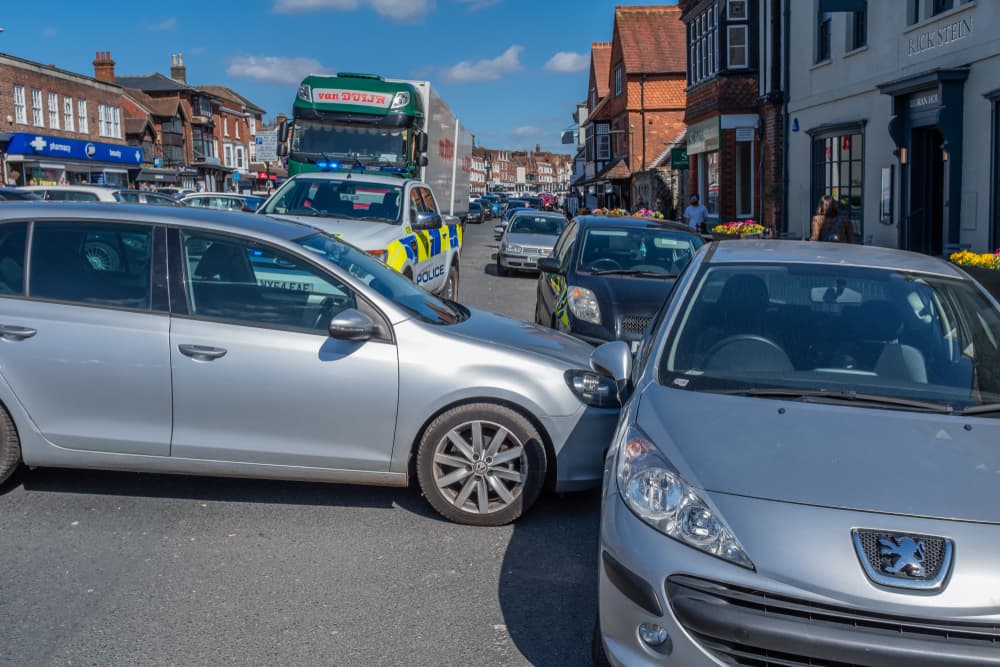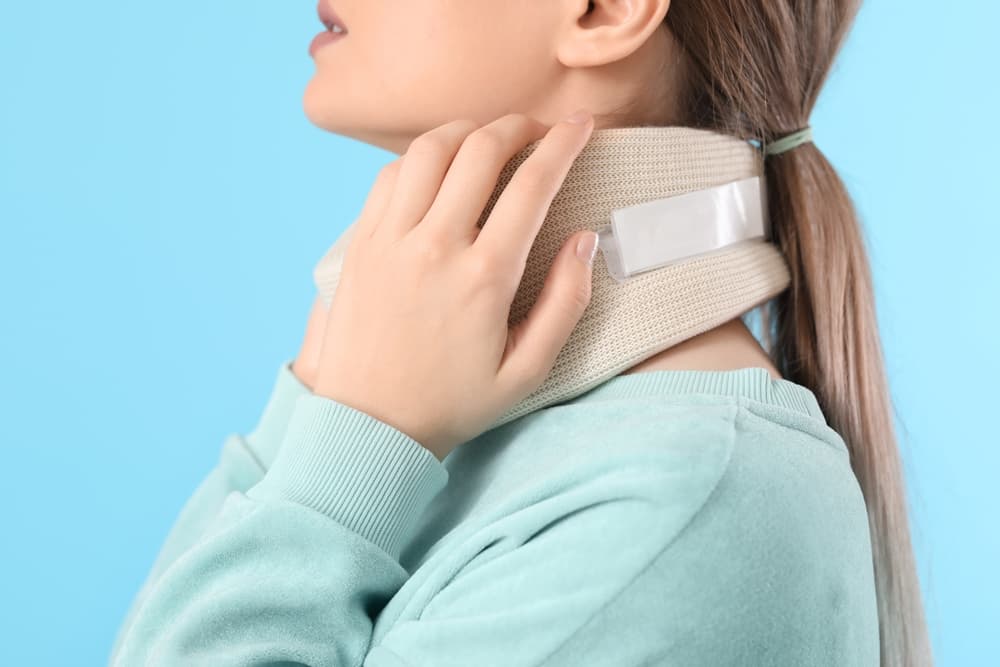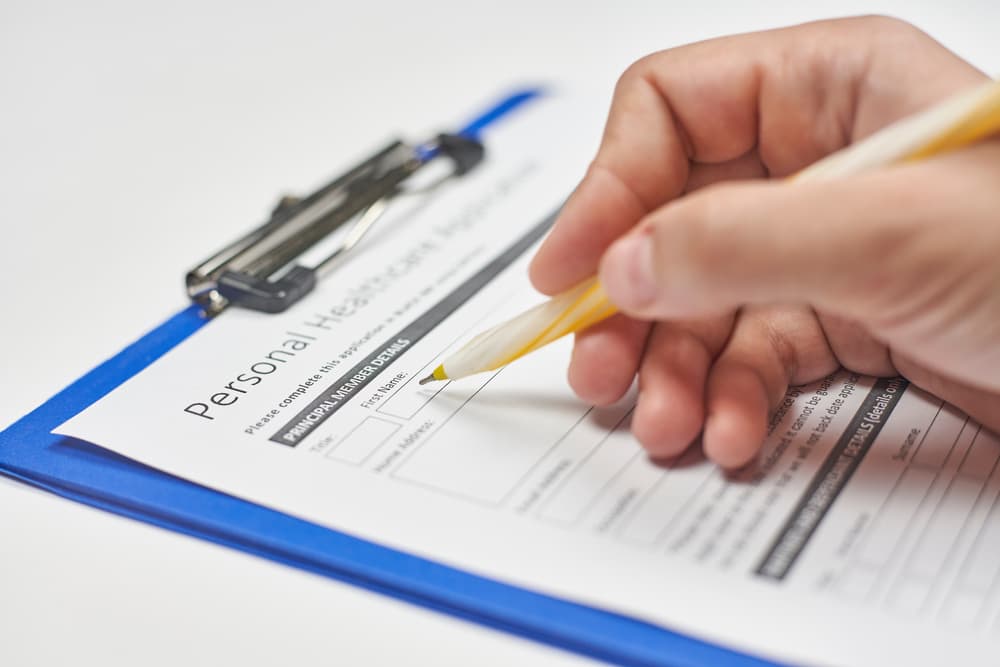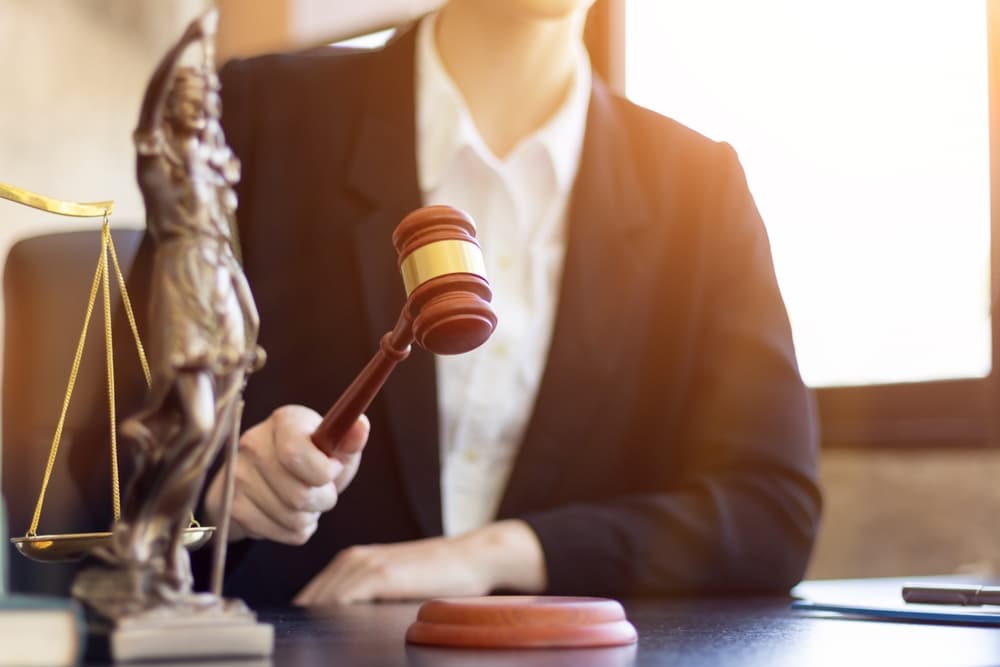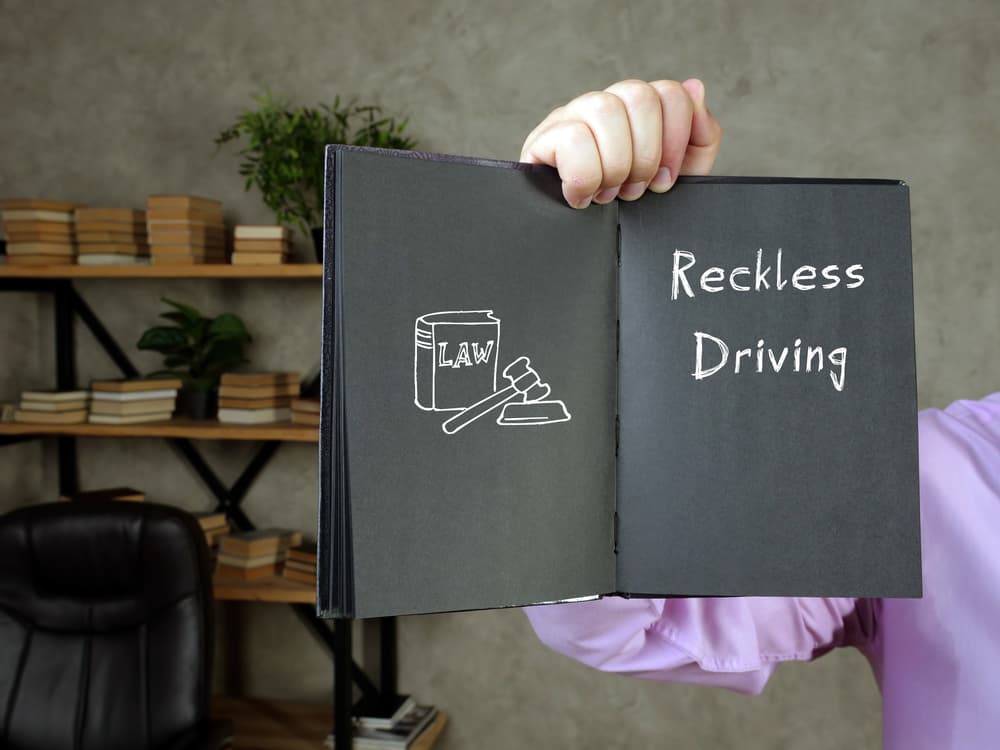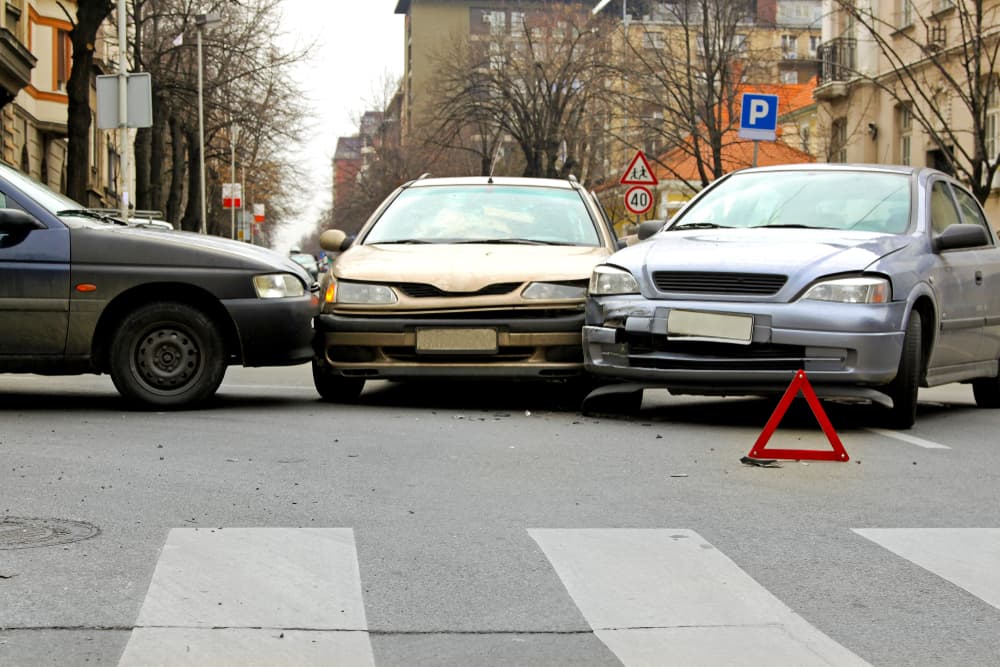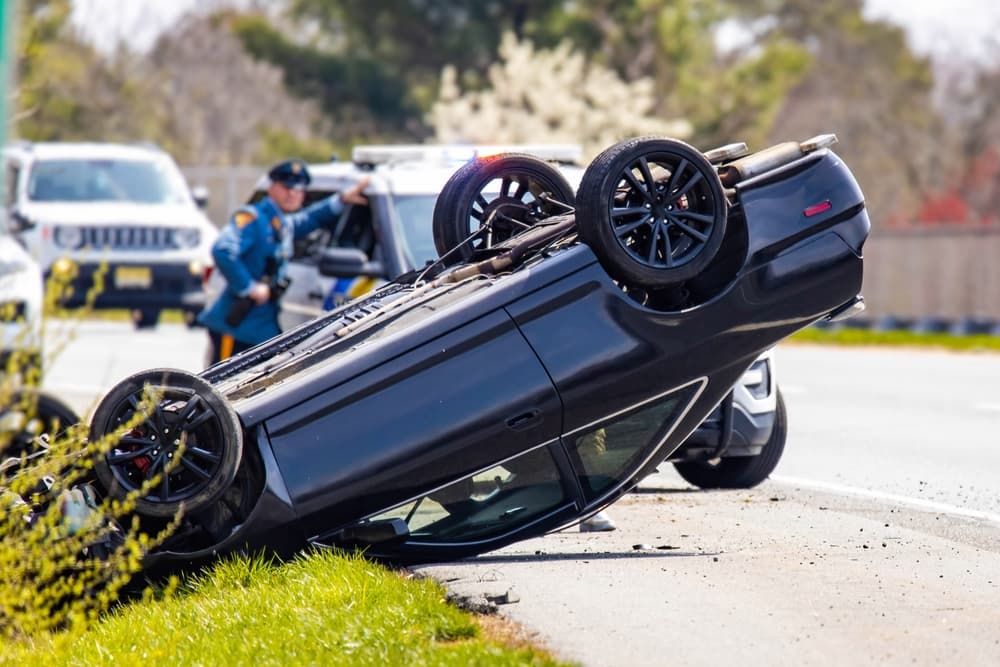T-bone accidents, where one vehicle crashes into the side of another, are often complex when it comes to determining fault. These collisions can result in severe injuries and significant damage, making it critical for involved parties to understand their rights and responsibilities.
While determining fault can be difficult, a skilled Michigan car accident attorney can take on your case. A lawyer can investigate your accident, prove liability, and get you the favorable compensation you deserve.
Schedule a Free Initial Consultation Today!
What is a T-Bone Accident?
A t-bone accident occurs when one vehicle strikes another at a perpendicular angle, forming a “T” shape. These accidents typically happen at intersections but can also occur in other situations, such as parking lots or private driveways.
Due to the nature of these collisions, they often result in side-impact damage, which can be particularly dangerous due to the lack of crumple zones on the sides of vehicles. Crumple zones are often found in the front and rear of a vehicle. They are designed to protect occupants by absorbing most of the crash’s impact, safeguarding occupants from severe injuries.
Scenarios that Regularly Result in T-Bone Collisions
T-bone accidents can occur for many reasons. However, some scenarios are more likely to result in these types of collisions, including the following.
Failure to Yield
One of the most common causes of t-bone accidents is a failure to yield at an intersection. Most states have laws concerning when drivers must yield, for example, for pedestrians at a crosswalk.
When a driver fails to yield, they are likely to cause a t-bone accident. For example, if a driver fails to yield to traffic while trying to turn left, they may run into the side of an oncoming vehicle while making their turn.
Running a Red Light or Stop Sign
Running a red light or stop sign is a clear violation of traffic laws and often results in the driver being found at fault for the accident. It is particularly relevant in t-bone accidents where one vehicle collides with the side of another after ignoring traffic signs and signals.
Speeding
Excessive speeding can also be a factor in t-bone accidents. If a driver is speeding and fails to stop or yield appropriately, their speed may significantly play a part in the collision, making them more likely to be found at fault.
Speeding is a large contributor to many types of accidents, like t-bone collisions, and injuries resulting from speeding accidents can be severe due to the severity of impact.
Distracted Driving
Distracted driving, such as texting, talking on the phone, or eating, can lead to t-bone accidents. If a driver is not paying attention and fails to notice a red light or stop sign, they may be held responsible for the collision.
Impaired Driving
Driving under the influence of alcohol or drugs severely impairs judgment and reaction times. If impaired driving is a factor in a t-bone accident, the impaired driver is deemed at fault.
Common Injuries Caused by T-Bone Accidents
T-bone accident injuries can be severe and even life-altering. Some of the injuries accident victims most often sustain in side collisions include:
- Broken bones
- Spinal cord injuries
- Traumatic brain injuries
- Neck injuries
- Internal injuries
- Lacerations
Injuries caused by t-bone accidents can also lead to certain complications, like amputations, paralysis, and cognitive deficiencies, to name a few. The more severe the injuries, the more medical treatment a victim needs. Treatment for injuries can be costly, especially if the victim requires long-term care.
When you suffer an injury in a t-bone accident, it’s important to hold the responsible party accountable. Obtaining fair compensation can help ensure you have the means to continue receiving proper medical care and get some relief from your financial burdens.
Who is Liable for a T-Bone Collision?
Generally, the driver who caused your t-bone accident will be liable for your injuries. However, depending on the circumstances, another party can also be fully or partially responsible, including:
- The driver’s employer
- Governmental entities
- Product manufacturers
- Repair and maintenance companies
Sometimes, the fault for a t-bone accident is clear, while other times, it’s not. Your car accident lawyer may need to thoroughly investigate your collision to determine the exact cause and who will be responsible.
Determining and proving fault is crucial for your compensation claim. Knowing who is at fault for your accident ensures you pursue financial recovery from the appropriate party.
Proving Negligence for an Accident
The first part is determining who is at fault for your t-bone accident. Once you know who’s liable, you must take appropriate steps to prove their fault.
T-bone collisions are usually the result of negligence. When a party is negligent, it means they did not act like a party would have acted under similar circumstances.
Establishing a party’s negligence involves satisfying the elements of negligence, which include:
- Duty: The defendant owed you a duty of care.
- Breach: The defendant’s wrongful actions caused them to breach their duty.
- Causation: The defendant’s actions were the cause of your t-bone accident.
- Damages: As a result, you suffered damages.
So, for example, if a distracted driver ran a red light, causing your t-bone accident, you can likely find them negligent. They owed you a duty of care to drive responsibly, but they breached it when they chose to drive distractedly. As such, they caused your t-bone collision, and you suffered injuries and damages.
Proving the other party’s negligence is critical for your compensation claim. Your car accident attorney can establish fault for your t-bone crash and get you one step closer to the financial recovery you need.
Evidence Used to Determine Fault
Evidence regularly plays a substantial role in car accident cases, including t-bone collisions. Some of the evidence used to establish fault in a t-bone accident includes:
- Police reports: Police reports provide an official account of the accident and often include the officer’s opinion on fault. While not legally binding, these reports can influence insurance claims and legal proceedings.
- Witness testimonies: Eyewitness accounts can help clarify what happened leading up to the accident. Witnesses can provide valuable information about the sequence of events and the driver’s actions.
- Traffic cameras and surveillance footage: Traffic and nearby surveillance cameras can provide video evidence of the accident. It can be especially useful in verifying whether a traffic signal was ignored or if a vehicle was speeding.
- Accident reconstruction: In some cases, accident reconstruction experts can analyze the evidence to determine how the collision occurred and which party was at fault. It can be helpful in complex cases with disputed faults.
- Medical records: Medical records can show the extent of injuries and provide insight into the severity of the impact, which can indirectly support fault determination.
You may have access to some evidence which your car accident lawyer can use. Your attorney can also obtain additional evidence they believe will help substantiate your claims and prove fault for your t-bone accident.
Pursuing Compensation Following a T-Bone Accident
When you suffer an injury in a t-bone accident, you have the right to pursue compensation for your related expenses and losses. How you seek monetary recovery depends on the circumstances.
Once fault is determined, the next steps involve filing an insurance claim or a lawsuit.
Filing an Insurance Claim
If your accident occurred in an at-fault state, you can file a third-party insurance claim through their insurance. However, if your collision happened in a no-fault state, you can pursue compensation by filing a first-party claim with your insurer.
Soon after your T-bone accident, contact the insurance company. An insurance representative can gather information about your accident to initiate your claim. Once they have the information they need, they’ll assign a claims adjuster to your claim.
The adjuster plays a significant role in the claims process. They are the party in charge of your whole claim, including investigating your accident, reviewing medical records, and facilitating vehicle repairs if necessary. The adjuster also helps decide whether to approve your claim and, if so, how much your claim is worth.
The insurance company will provide a settlement offer if your claim is approved. Based on the offer, you can either accept and close out your claim or try to negotiate for a better amount. Should the insurance company deny your claim, your car accident lawyer can take further legal action.
Filing a Personal Injury Lawsuit
Under certain circumstances, you can sue the at-fault driver or their insurance company. For example, if the responsible driver is not insured, you can pursue compensation directly from them by filing a legal claim. You can file a lawsuit if the insurance company refuses to settle your valid claim fairly. Your car accident lawyer can guide you on who and when you can sue.
Your lawyer can draft and submit court documents to initiate your lawsuit. They’ll notify the opposing party, which must then submit their response to your petition with the court.
The most important part of a lawsuit is the discovery period. During this time, both party’s attorneys use legal tools, like depositions and interrogatories, to obtain pertinent evidence and information to strengthen their cases.
Once discovery is complete, attorneys usually discuss settlements, using the information they’ve obtained as leverage. During settlement negotiations, your lawyer will work to get you the best possible settlement.
While most cases settle, not all negotiations go as planned. If need be, your attorney can take your case to trial. At trial, the decision concerning liability and compensation is left up to a judge or jury. Should your case go to trial, your attorney will continue representing your best interests until the end.
Do I Need a Lawyer After a T-Bone Collision?
Not all accident victims require help from a knowledgeable car accident attorney. However, you should strongly consider hiring a lawyer if:
- You’ve suffered injuries and property damage
- There is a dispute of fault
- The insurance company is being difficult
- You’re confused about what to do
- The insurer has offered to settle your claim
- You need help obtaining evidence to prove the fault
Having a car accident attorney on your side substantially benefits your situation. A lawyer has the experience, skills, and resources to handle your claim correctly and timely. Attorneys know how to protect their clients’ rights and strategize for the best possible case result.
Therefore, when you’re involved in a t-bone accident, don’t wait to consult with a car accident lawyer. The sooner you hire an attorney, the better it can be for your case.
Time Limits for Filing Legal Claims Following a T-Bone Accident
You only have a short time window when you want to hold the party responsible for your t-bone collision liable. Depending on your state’s statute of limitations for car accident claims, you may only have a few years to file your claim.
Missing a statute of limitations period can result in forfeiting your rights to justice and financial recovery. The best way to ensure your claim is filed promptly and time doesn’t run out is to hire a car accident lawyer to handle your collision claim.
An Experienced Attorney Can Prove Fault for Your T-Bone Accident
Determining fault for a t-bone accident involves carefully considering the facts and applying legal principles. Understanding the common causes of these accidents, gathering evidence, and navigating insurance and legal claims are vital steps in seeking justice and compensation.
For those involved in a t-bone accident, consulting with an experienced personal injury lawyer in Michigan can be invaluable. Legal professionals can handle the complexities of fault determination, ensure evidence is gathered correctly, and advocate for just monetary recovery. With their expertise in accident reconstruction, witness interviews, and gathering relevant documentation, an attorney can build a strong case to prove fault. They understand the intricate details and factors involved in determining fault in T-bone accidents, such as traffic laws, right-of-way rules, and driver negligence.
When you suffer an injury in a t -bone collision, don’t delay, call today to discuss your situation with a local car accident attorney for support and direction concerning your claim.
